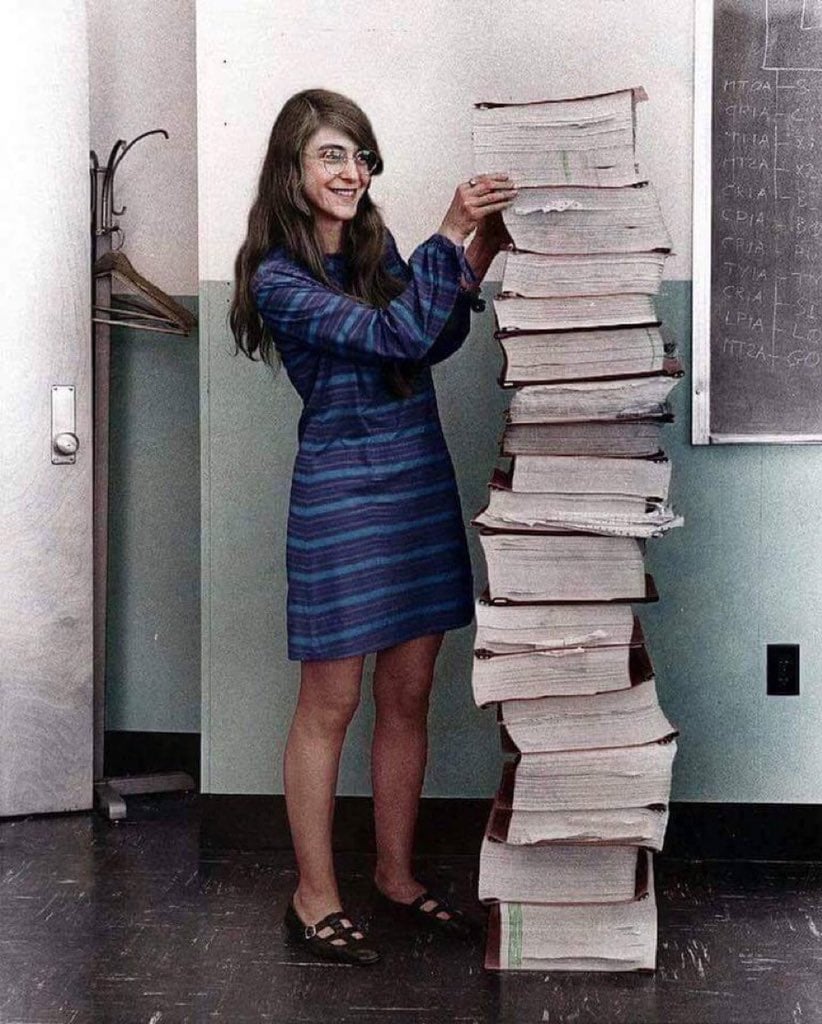this post was submitted on 11 Jul 2023
1330 points (90.3% liked)
Next Fucking Level
3552 readers
1 users here now
Next Fucking Level Videos and Gifs.
Rules
- Be respectful and inclusive.
- No harassment, hate speech, or trolling.
- Engage in constructive discussions.
- Share relevant content.
- Follow guidelines and moderators' instructions.
- Use appropriate language and tone.
- Report violations.
- Foster a continuous learning environment.
founded 2 years ago
MODERATORS
you are viewing a single comment's thread
view the rest of the comments
view the rest of the comments

Imagine having to look for the missing semicolon in there.
It's probably written in Fortran66 or similar. No semicolons, but so many line numbers...
It's written in assembly. You can check out the source code on GitHub.
Oh that's so hardcore
edit: looking at the git repo, it looks like it was a team of seven, and she was the lead. So it isn't all her code. Still super impressive :)
The other big notable thing for assembly is that it isn't portable. Assembly is very different for every processor architecture, unlike something like C where you may have to make some adjustments between an x86 vs ARM proc, in assembly you're basically rewriting it from scratch
Also, this is an obscure assembly variant specifically for the computers in the Apollo mission. Not sure about the specifications on that, maybe there is a handbook, but I doubt it.
Rewriting the code to x86 or anything seems improbable since you'd pretty much have to guess what the instructions are actually doing.
For people unfamiliar with assembly, it's one step up from raw 1s and 0s. Just vaguely human readable abbreviations for given sets of 1s and 0s. There are no built in loops or if statements, you have to build all that shit yourself from scratch every time you want to use one. And there's exactly one built in variable you can use called the register
Admittedly, the last time I touched real Assembly was 20 years ago.
There's a couple Zachtronics games, TIS-100 and Shenzhen I/O, both that use a limited form of Assembly, that are probably filling in the gaps in my memory.
I soooo wish IBM had gone with the Motorola 68000 family instead of the Intel 8086 family of chips for the PC. It had a far, far nicer instruction set.
Lol Fortran; it was written in Apollo Guidance Computer assembly; I frankly wouldn't be surprised if she knew Mel Kaye
The story of Mel, for the uninitiated
Assembly. Like most embedded systems (at least up until we had enough power to waste on higher languages)